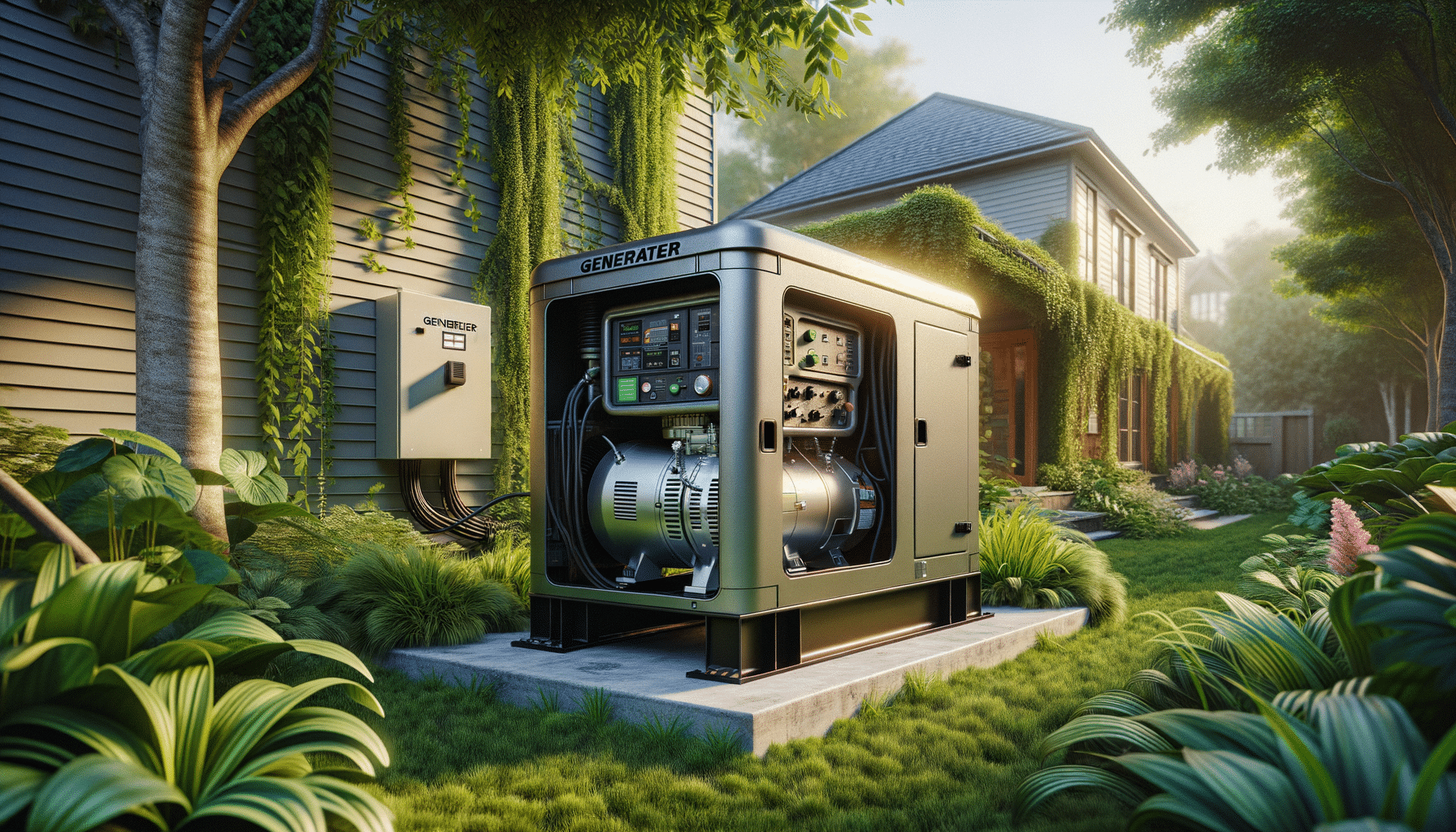
Understanding the Importance of Regular Air Duct Cleaning
The Role of Ventilation in Indoor Air Quality
Ventilation is a critical component in maintaining healthy indoor air quality. It involves the exchange of indoor air with fresh outdoor air, which helps to dilute and remove indoor pollutants. Without adequate ventilation, contaminants such as dust, mold spores, and volatile organic compounds can build up, potentially leading to health issues. Effective ventilation systems are designed to ensure that indoor spaces receive a continuous supply of fresh air, which is crucial for both residential and commercial buildings.
There are several types of ventilation systems, including natural ventilation, mechanical ventilation, and hybrid systems. Natural ventilation relies on the natural flow of air through windows, doors, and other openings. Mechanical ventilation uses fans and ducts to bring in fresh air and expel stale air. Hybrid systems combine both natural and mechanical processes to optimize air quality. Each type has its advantages and is suitable for different environments and climates.
Proper ventilation not only improves air quality but also helps in controlling humidity levels, reducing the risk of mold growth, and maintaining a comfortable indoor temperature. Inadequate ventilation, on the other hand, can lead to poor air quality, which may cause respiratory issues, allergic reactions, and other health problems. Therefore, ensuring effective ventilation is essential for creating a healthy and comfortable indoor environment.
Indoor Air: Understanding Its Impact on Health
Indoor air quality is a significant concern as people spend a large portion of their time indoors. The quality of indoor air can be affected by various factors, including building materials, furnishings, and activities such as cooking and cleaning. Poor indoor air quality can lead to several health problems, ranging from minor irritations to serious respiratory diseases.
Common indoor air pollutants include particulate matter, carbon monoxide, radon, and volatile organic compounds (VOCs). Particulate matter can come from dust, smoke, and other sources and can cause respiratory issues when inhaled. Carbon monoxide, a colorless and odorless gas, can be deadly at high concentrations. Radon is a naturally occurring radioactive gas that can accumulate in buildings and increase the risk of lung cancer. VOCs are emitted by many household products and can cause headaches, dizziness, and other symptoms.
To improve indoor air quality, it is important to reduce the sources of pollution and increase ventilation. Regular maintenance of HVAC systems, using air purifiers, and choosing low-emission products can also help. By understanding the impact of indoor air quality on health, individuals can take steps to create a healthier indoor environment.
HVAC Systems: The Backbone of Indoor Comfort
Heating, Ventilation, and Air Conditioning (HVAC) systems play a crucial role in maintaining indoor comfort and air quality. These systems are responsible for regulating temperature, humidity, and air purity in both residential and commercial buildings. An efficient HVAC system ensures that indoor spaces remain comfortable regardless of the weather outside.
HVAC systems consist of several components, including furnaces, air conditioners, heat pumps, and ductwork. Each component works together to provide heating, cooling, and ventilation. Regular maintenance of these systems is essential to ensure optimal performance and energy efficiency. This includes cleaning or replacing filters, inspecting ductwork for leaks, and ensuring that all components are functioning correctly.
The choice of HVAC system depends on various factors, such as the size of the building, climate, and specific heating and cooling needs. Modern HVAC systems are designed to be energy-efficient, reducing energy consumption and operational costs. By investing in a high-quality HVAC system and maintaining it regularly, individuals can enjoy a comfortable and healthy indoor environment year-round.
The Benefits of Regular Air Duct Cleaning
Regular air duct cleaning is an important aspect of maintaining indoor air quality and ensuring the efficiency of HVAC systems. Over time, dust, dirt, and other debris can accumulate in air ducts, leading to reduced airflow and increased strain on the HVAC system. This can result in higher energy bills and potential system failures.
Cleaning air ducts regularly helps to remove accumulated debris, improving airflow and system efficiency. It also reduces the presence of allergens such as dust mites and mold spores, which can contribute to respiratory issues and allergies. By keeping air ducts clean, individuals can enjoy improved air quality and a more efficient HVAC system.
The frequency of air duct cleaning depends on several factors, including the location of the building, the presence of pets, and any recent renovations. Generally, it is recommended to have air ducts cleaned every three to five years. However, more frequent cleaning may be necessary in certain situations. By prioritizing regular air duct cleaning, individuals can ensure a healthier and more comfortable indoor environment.
Conclusion: Prioritizing Indoor Air Quality
Maintaining good indoor air quality is essential for the health and comfort of building occupants. By understanding the importance of ventilation, indoor air quality, and HVAC systems, individuals can take proactive steps to create a healthier indoor environment. Regular air duct cleaning is a key aspect of this process, helping to improve air quality, enhance system efficiency, and reduce allergens.
Investing in a high-quality HVAC system and ensuring regular maintenance can lead to long-term benefits, including lower energy costs and improved occupant health. By prioritizing indoor air quality, individuals can enjoy a more comfortable and healthier living or working space. The importance of indoor air quality cannot be overstated, and taking the necessary steps to improve it is a worthwhile investment.


